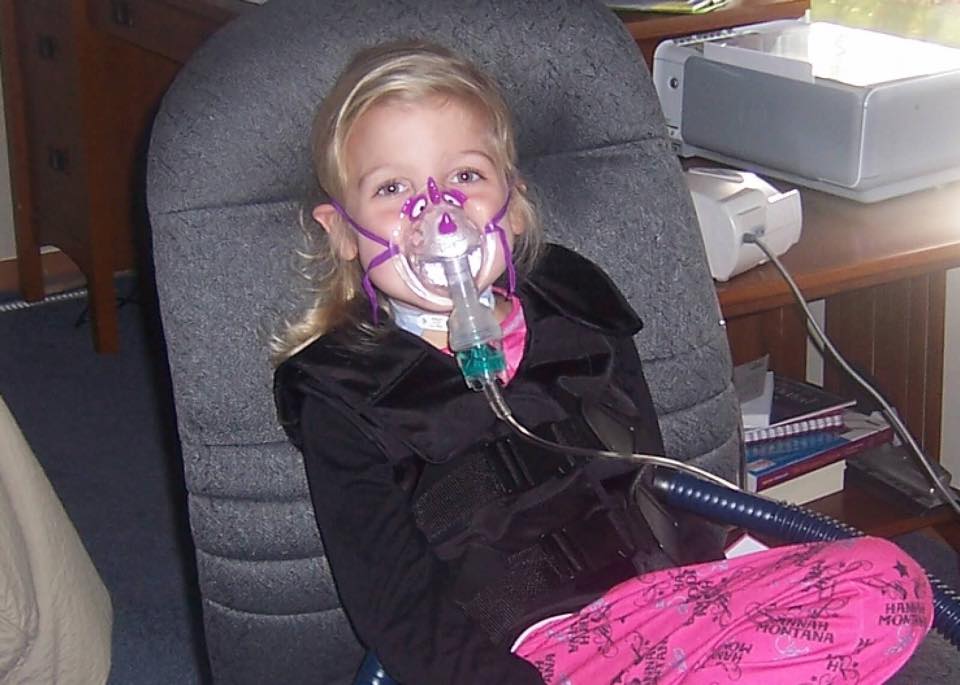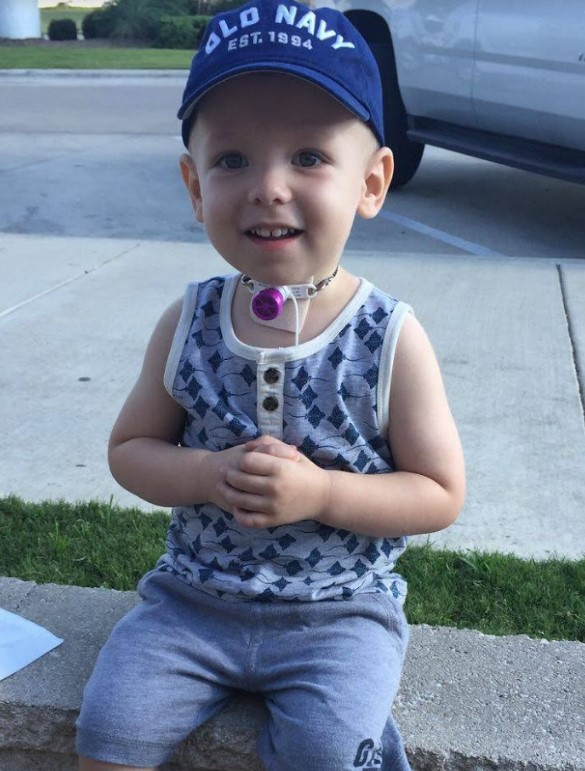The body is designed to breathe automatically and rhythmically, without conscious thinking. The brain sends signals that instruct the diagram and rib muscles to produce inhalation and exhalation.
During inhalation, air flows through the airway (nose, throat, windpipe and the bronchial trees) and into small “spongy” sacs (alveoli) which make up the lungs. Oxygen is passed from the lungs to red blood cells (hemoglobin to be exact). The oxygenated blood is then pumped by the heart to the rest of the body. The primary function of oxygen is to enter the body’s cells and convert glucose to ATP.
In addition to ATP, glucose metabolism produces carbon dioxide. Carbon dioxide is a waste product that must be released by the body. During exhalation, carbon dioxide travels back through the bloodstream into the lungs and out through the airway.
The process of breathing requires a complex system of organs, muscles and signals. If just one of these systems does not function properly, breathing will be impaired. In CCHS, the problem lies in faulty signaling from the brain for sufficient inhalation and exhalation (most often during sleep).




